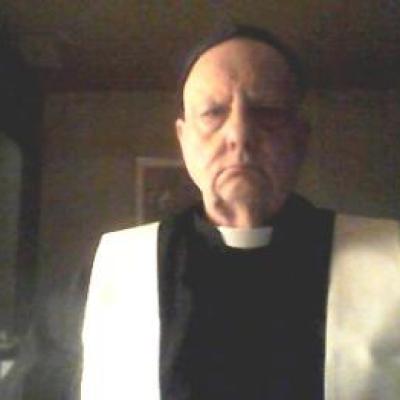



The Easter Antiphon, Regina Coeli, states that Christ “has risen, as He said.” This phrase is remarkable. It is one thing, however astounding, to maintain that Christ arose from the dead. But it is another thing to add that Christ rose just as “He said” He would. Lazarus, for instance, did not know that Christ would bring him back to life for a spell. But Christ knew that He would rise, never to die again.
How did Christ know both of these things?
We cannot imagine, say, that on Easter morning, Christ rises, shakes off the wrappings, and says to Himself, “Goodness! Look, here I am again! What a surprise!” All the way through His public life we find references to the coming Resurrection: “Destroy this Temple [of His body] and, in three days, I will rise again” (see John 2:19).
The wording, “has risen, as He said,” is reported in the antiphon itself. It is not a scriptural phrase from one of the evangelists. Rather, it is the report of witnesses after the fact. Such facts of our Faith do depend on witnesses.
What is a witness? He is not a philosopher or an intellectual who tells us his ideas or understanding about reality. Ideas and thoughts can be understood if we have the wit to grasp their point. They are universal.
Witnesses report not ideas but facts or words. Facts are events in time and place. They are seen by other human beings who did not deduce them from some theory but saw them happen at a given time and in a given place. St. Paul said that if Christ did not rise, our faith is in vain (see 1 Cor. 15:14). He was giving us a logical conclusion based on a fact that either he saw or he knew of others who saw. If the fact is not there, the theory that it might be nice or a good idea is, in effect, useless as proof that it happened.
Christianity is a religion bound together by witnesses to a fact. Our faith is not faith in faith. It is an acceptance of a testimony of someone who saw. Christianity is not a theory, though it is addressed to intelligence. Once we know what happened, we are to think about it, to examine whether it makes sense. We will find that this very examination is itself an impetus to philosophize about the depths of reality that we would not otherwise think about, had the witnesses not reported to us what they saw.
 This article is from The Reasons for the Seasons. Click image to learn more.
This article is from The Reasons for the Seasons. Click image to learn more.
Friends of mine recently visited Nazareth, the home of Jesus and Mary, the place in which Christ grew up. Many people today will not allow us to use the word Christ to identify Jesus, because it is a “religious” word. But actually, it is a word that must also be used if we are to describe accurately what the witnesses saw. They saw a man who said: “Before Abraham was, I am” (John 8:58).
As my friends went into Nazareth, now with a significant Muslim presence, they saw, near the Christian basilica, the following banner in defiant English: “Allah alone is God and did not come into the world through means of some human betrothal.” If read carefully, of course, in spite of the fact that the banner is meant to deny the Incarnation of the Son of God, it is true that God did not come into the world through any mere “human betrothal.”
The Son of God, the Logos, however, did come into the world through Mary’s acceptance of Gabriel’s message to her, her “Fiat mihi secundum verbum tuum” (Be it done unto me according to thy word) (Luke 1:38). Without this response, the Incarnation and its sequence could not have happened as we know it and as the witnesses report it.
Once the Resurrection is reported to us as a fact, as witnessed in its effects by those who saw Christ, we realize that Christ did not appear to everyone, but to a few, maybe a couple of hundred or thousand, but the chief witnesses were those who knew Him. As with Thomas and the two men on the road to Emmaus, it took some time to identify this Christ, now seen, with the one who was crucified on Good Friday.
We put these things together: the Incarnation, the Cross, the Resurrection, the Who involved in this life of one Person. On reflection, we see it as a unified whole. These things did not just happen. They were foretold; they were witnessed; they were reflected back upon; they were reported to us.
Resurrexit sicut dixit. This is the fact that makes all human life ultimately intelligible. Without this Resurrection, not only is our faith in vain, but our whole human reality is in vain.
✠
This article is from a chapter in Fr. Schall’s The Reason for the Seasons: Why Christians Celebrate What and When They Do.
Tagged as: Easter, prophecy, resurrection, Sophia Excerpts
Rev. James V. Schall, S.J., taught political science at Georgetown University for many years. His latest books include The Mind That Is Catholic from Catholic University of America Press; Remembering Belloc from St. Augustine Press; and Reasonable Pleasures.